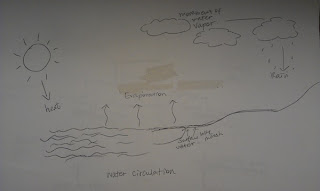system n.
-instrumentality that combines interrelated interacting artifacts designed to work as as coherent entity.
control system- a system for controlling the operation of another system,
information system, system consisting of the network of all communication channels used with an organization
-a group of independent but interrelated elements comprising a unified whole
ecosystem, network
-(physical chemistry) a sample of matter in which substances in different phases are in equilibrium.
physical chemistry, the branch of chemistry dealing with the physical properties of chemical substances.
-a complex of methods or rules governing behavior.
system of rules, method, government system...
-an organized structure for arranging or classifying
arrangement, structure classification system...
-a group of physiologically or anatomically related organs or parts
body part, immune system..
-a procedure or process for obtaining an objective
plan of action, credit system...
-the living body considered as made up of interdependent components forming a unified whole
live body
-an ordered manner; orderliness by virtue of being methodical and well organized
organization
examples of systems
A human body is a system that supported by many other systems in order to function. each different system function as its own meanwhile interact and correspond with other systems, then form another system which is human body. The human body system can ben more than 50 elements systems and also a living, organic system.
email
water circulation
The cycle exist in our nature environment.
government check and balance system
the government system is a hierarchy, organization is whereby each level is subordinate to one above. This system is no more than five parts.
an ideal reading system
This one can the interdependency, if the sitting position is not right, it will result to ineffectually reading, which will not be an ideal reading system.






























